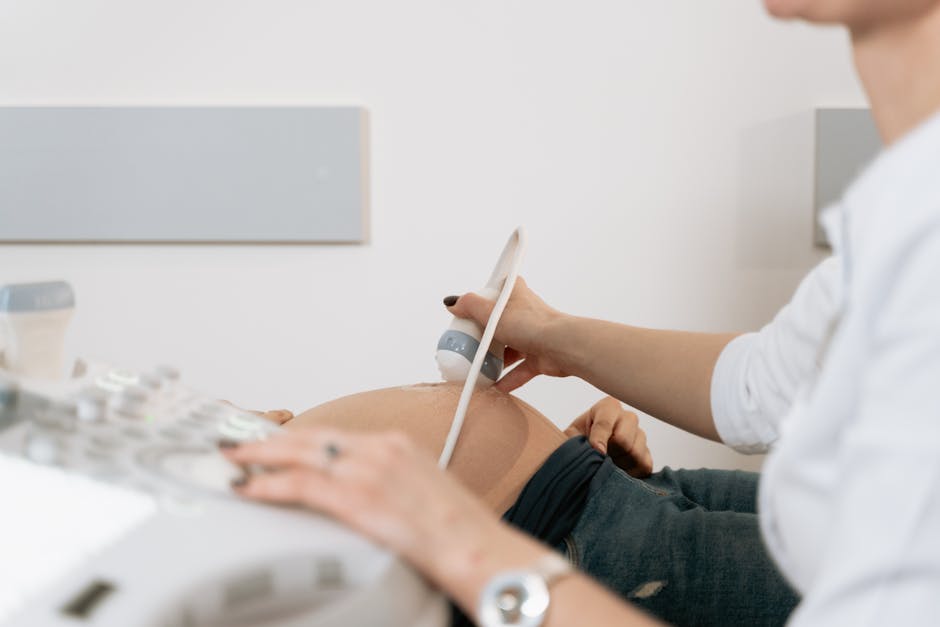
Overview
An ultrasound-guided biopsy is a minimally invasive procedure used by healthcare professionals to obtain tissue samples from specific areas of the body. By using ultrasound imaging, doctors can accurately guide a needle to the target area, ensuring precision and reducing the risk of complications. This method is particularly useful for biopsies of soft tissues, such as the liver, breast, or thyroid.
Key Information
Ultrasound-guided biopsies are commonly performed in outpatient settings, allowing patients to return home the same day. The procedure typically involves local anesthesia to numb the area, followed by the insertion of a thin needle to extract the tissue sample. The real-time imaging provided by ultrasound helps in accurately targeting the area of interest, which is crucial for effective diagnosis and treatment planning.
Clinical Significance
This procedure is vital for diagnosing various conditions, including cancers, infections, and inflammatory diseases. By obtaining a precise tissue sample, pathologists can analyze the cells and provide critical information about the presence and type of disease, which aids in developing an appropriate treatment plan. Ultrasound guidance significantly increases the accuracy of biopsies, particularly in areas where direct visualization is challenging.
Treatment & Management
After the biopsy, the tissue sample is sent to a laboratory for analysis. The results can help determine the next steps in patient care, such as starting a specific treatment regimen or conducting further diagnostic tests. Patients are usually advised to avoid strenuous activities for a short period following the procedure to allow for proper healing.
Patient Resources
Patients can access various resources to better understand the procedure and its implications. Educational materials, support groups, and counseling services can provide valuable information and emotional support. Healthcare providers often offer brochures and online resources to help patients prepare for the biopsy and understand the potential outcomes.
Frequently Asked Questions
- Is an ultrasound-guided biopsy painful?
The procedure is generally well-tolerated, with most patients experiencing only mild discomfort due to the local anesthesia used.
- How long does it take to get biopsy results?
Results are typically available within a few days to a week, depending on the complexity of the analysis required.
- Are there any risks associated with the procedure?
While the procedure is generally safe, there are minimal risks, including bleeding, infection, or injury to nearby structures. However, these complications are rare.

















Comments
Thank you. Comment sent for approval.
Something is wrong, try again later